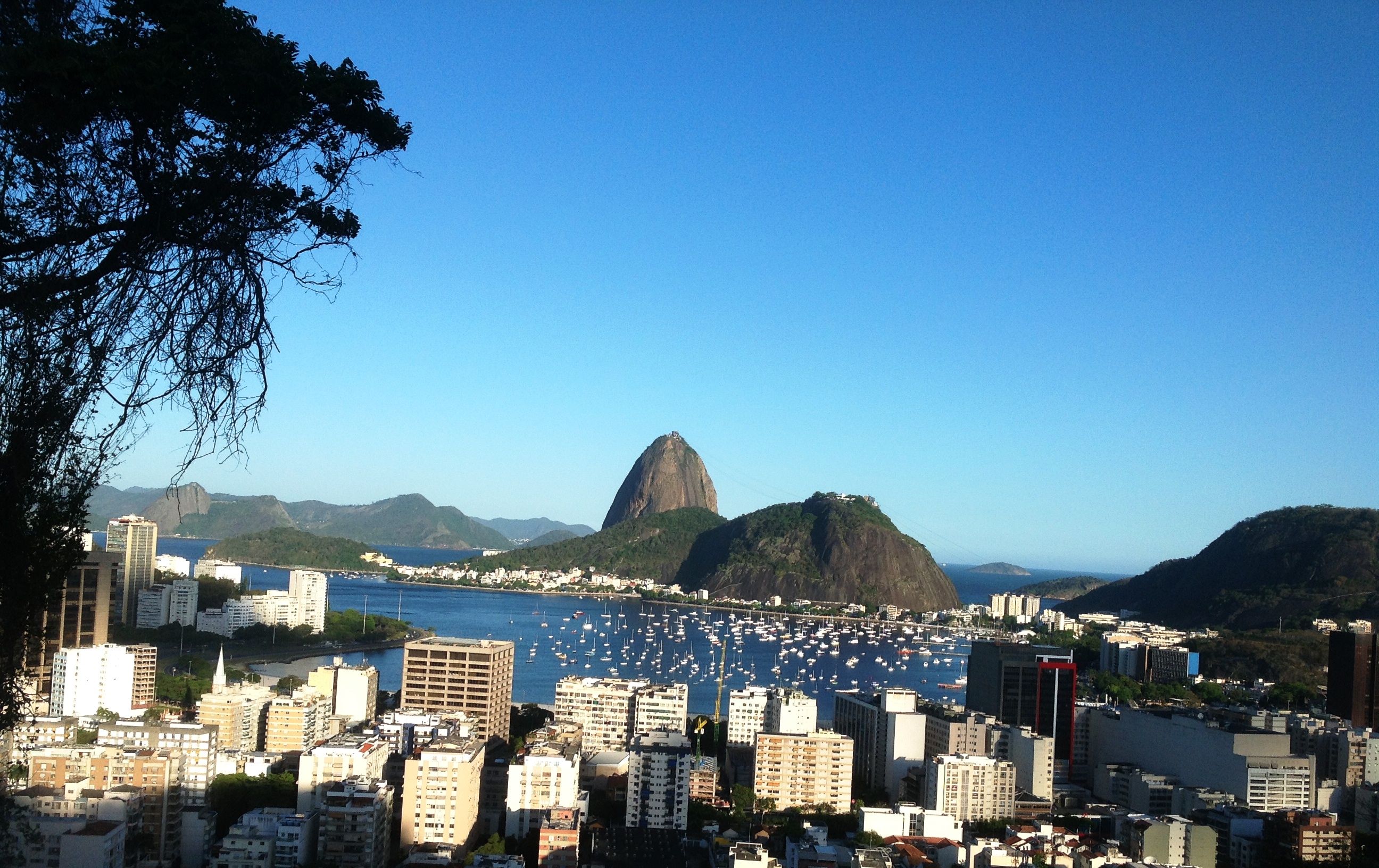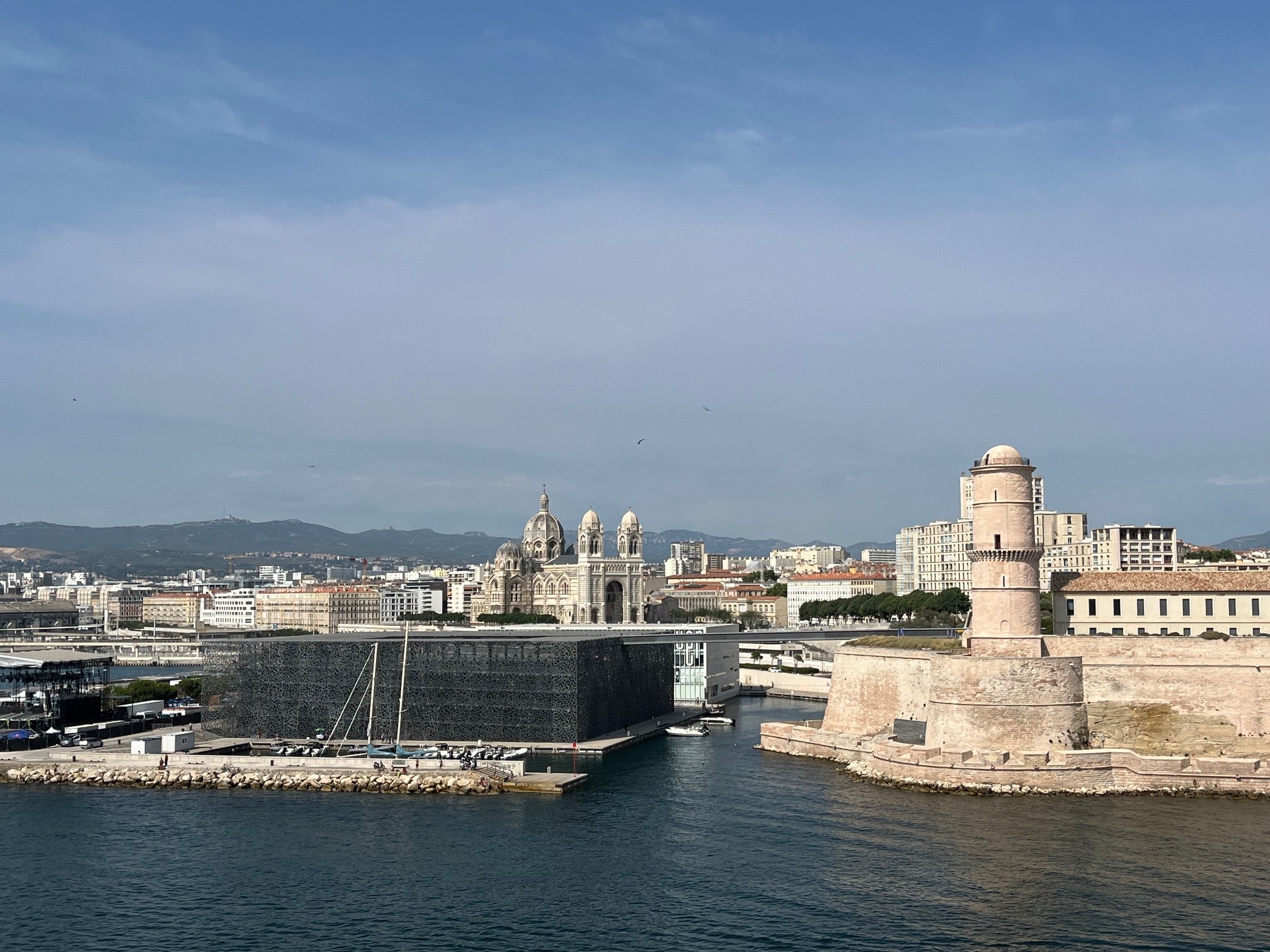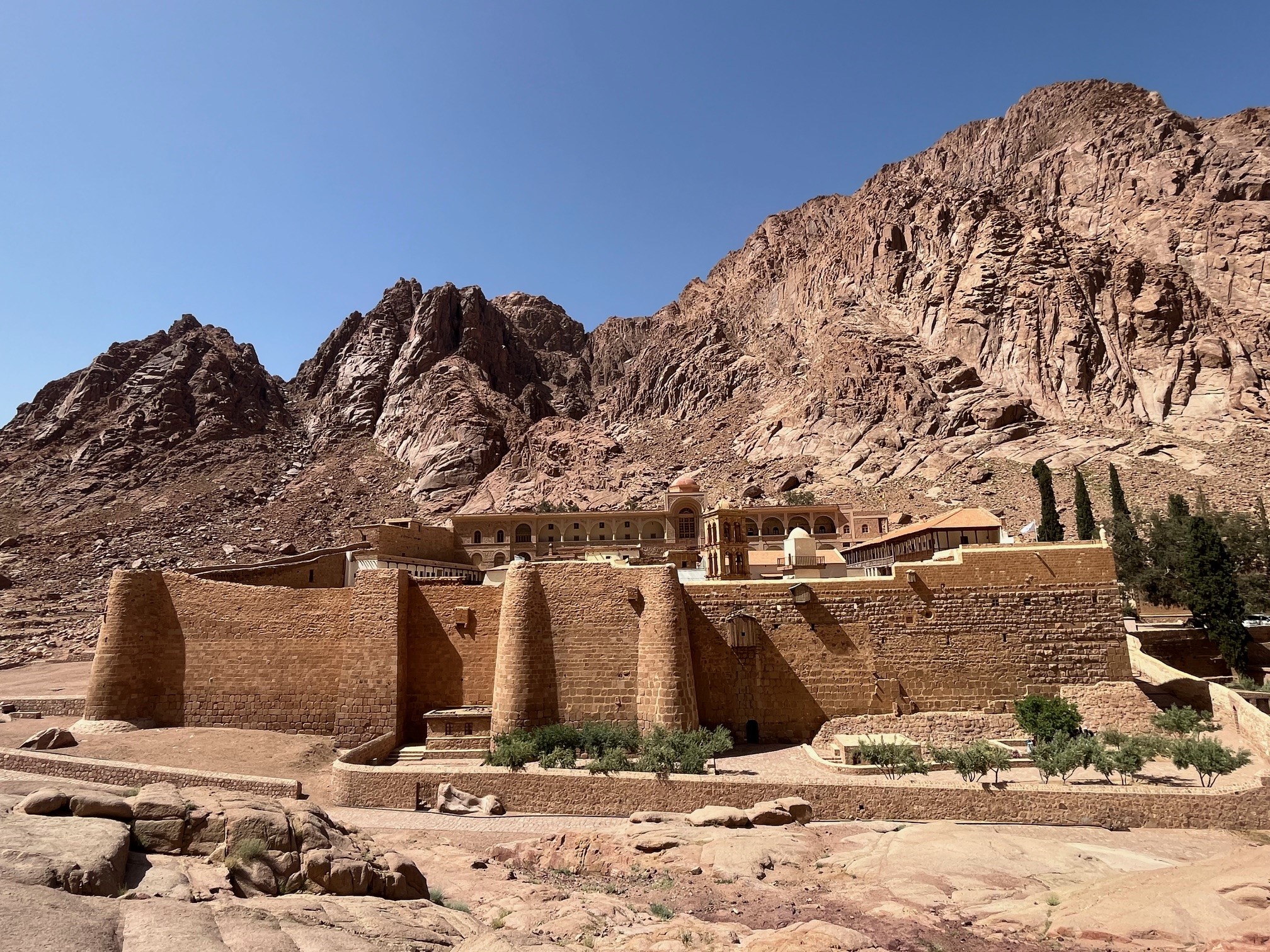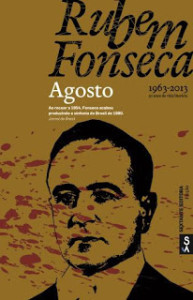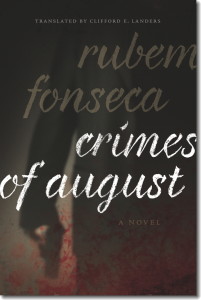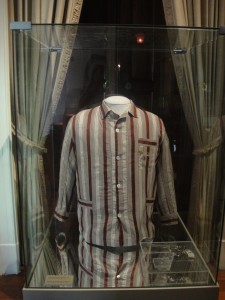The last pages in « Crimes of August » describe a calm and normal day in Rio. « The one thousand and seven hundred tourists who had disembarked from the ship Santa Maria visited the main touristic spots of the city and all enthusiastically agreed that Rio deserved its title of Wonderful City”.
Difficult not to agree with this title for anybody who has seen the sun set on the Sugar Loaf from the hills of Botafogo, who walked on Ipanema beach or braved the crowds at the foot of the Christ the Redeemer’ statue on Corcovado.
Nevertheless, Rubem Fonseca’s novel doesn’t show the easy, relax and welcoming Brazil enjoyed by so many visitors. The author had a distinguished career in the carioca police. His story is punctuated by the stomach’s pains suffered by inspector Mattos who is investigating a murder case linked to a corruption case. Mattos, who has an ulcer, is a big fan of Italian opera and is also one of the few incorruptible cops in Rio, still the Brazilian capital city at the time. His former girlfriend, Alice, who might be drowning towards madness, is divorcing one of the murder’s suspects. She comes back into Mattos’s flat, stirring the jealousy of Salete, a girl from the favelas who seduced the inspector.
This plot is intertwined with the August 1954 Rua Tonelero events, an assassination attempt on Carlos Lacerda, the main opponent to President Getúlio Vargas. Major Vaz, who was with Lacerda was killed in the attempt. Did Lieutenant Gregório Fortunato, the « Black Angel » from the President’s personal guard mastermind the attack? Is he also linked to the murder investigated by Mattos who established that the murderer was black and left on the crime scene a ring similar to the one worn by Fortunato.
The Rua Tonelero events will be exploited by the opposition to Vargas, who, engulfed in the scandal, will take his life in the early morning of August 24, 1954.
Today, visitors can see in the Catete Palace, the former presidential palace before the move to Brasilia, the private apartments occupied by Vargas. The revolver and the bloodied pajama shirt are showcased as evidence of the drama that shook the nation and the « Wonderful City ».
